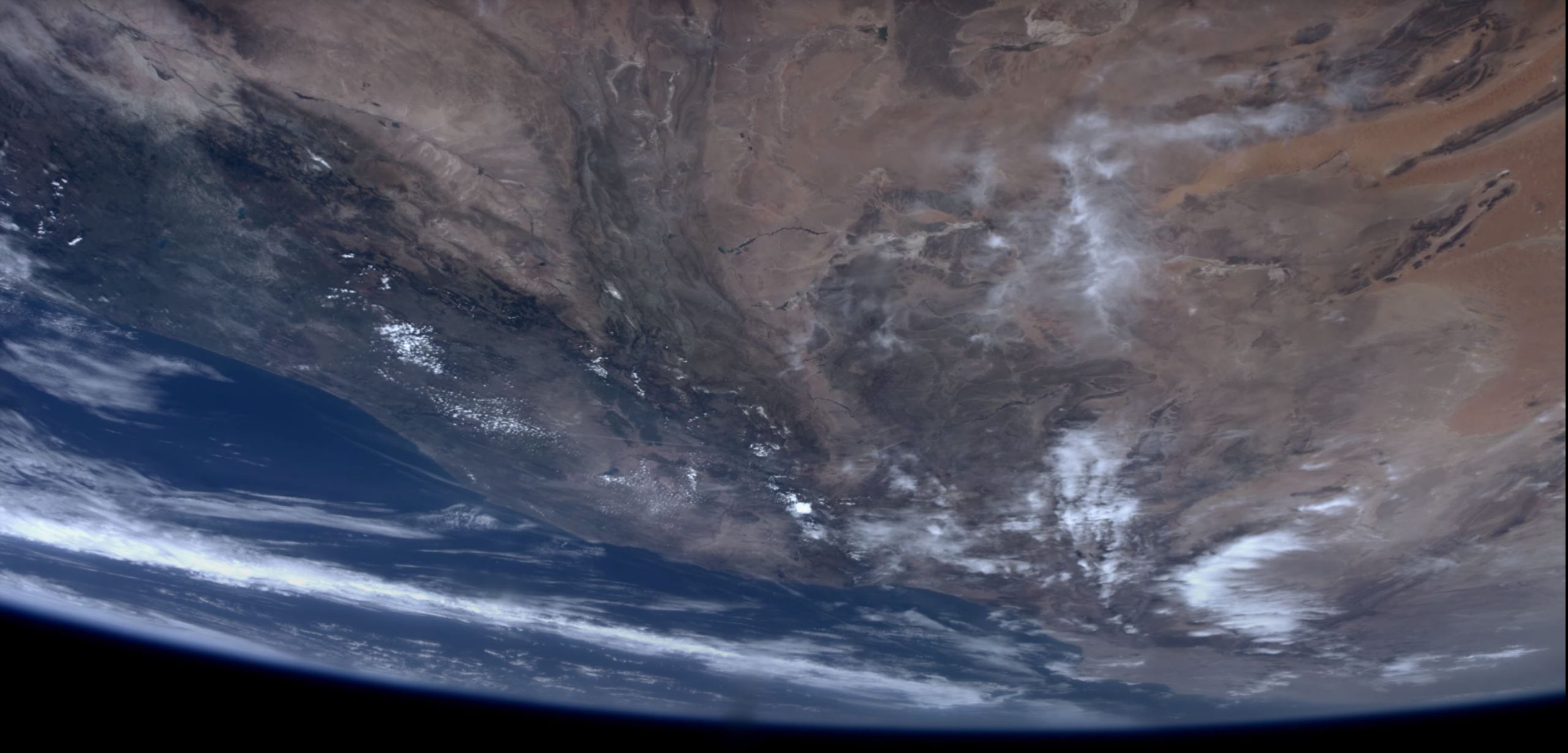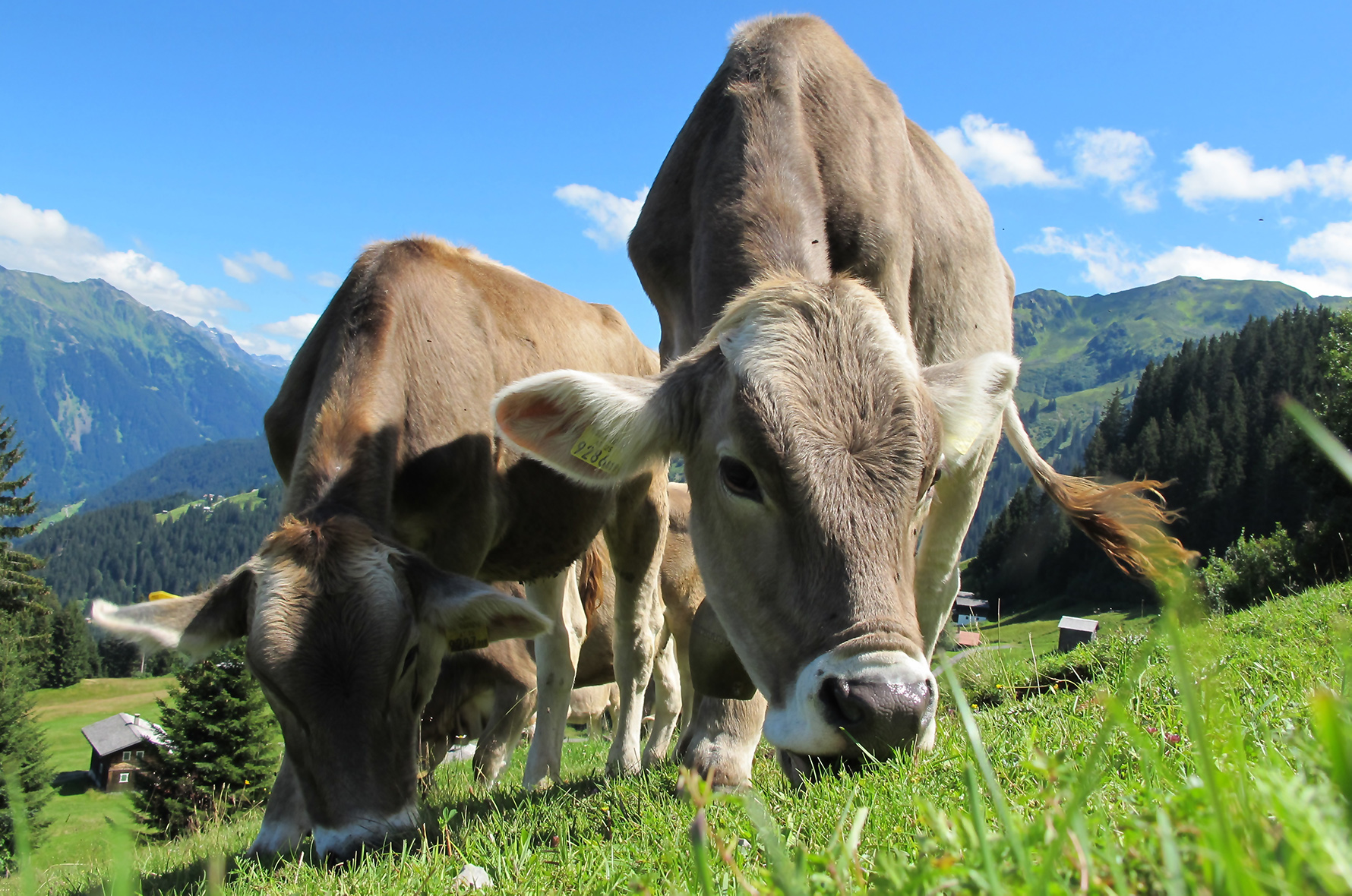Human Population Numbers
The world population growth has actually been decreasing over the years, from 2% to 1%, and is predicted to drop below zero, leading to the population shrinking after reaching about 11 billion some time around 2080.
Most of the growth has been in 3rd world countries, but as a country development grows, the rate of which babies are born decreases. Many countries are already seeing their population numbers fall. It’s long been known the average babies born per couple is 2.4, but if this numbers drops below 2.0, then population numbers will decrease.
Economies will have to adapt to this change since they heavily rely on population growth. New housing, more roads, more power stations help drives the economy, and the future economy will still need these things, but not to expand, but to replace old housing, faulty roads, decommissioned power stations, etc, instead.
Human population has exploded since the 1800s, a seven fold increase has dramatically changed the surface of the Earth. In Earth’s 4 billion year long history, the last 200 years has been a massive drain on Earth’s resources, and its unsustainable. Species can not grow beyond their resources. Many examples of species exploding and quickly dying due to lack of resources are in Earth’s history, and can easily be demonstrated with a bit of biology.
Population numbers will need to decrease on Earth if the human species are to survive.
Listen to the podcast
| Year | Human Population |
| 1804 | 1,000,000,000 |
| 1927 | 2,000,000,000 |
| 1960 | 3,000,000,000 |
| 1974 | 4,000,000,000 |
| 1987 | 5,000,000,000 |
| 1999 | 6,000,000,000 |
| 2011 | 7,000,000,000 |
| 2023 | 8,000,000,000 |
| 2035 | 9,000,000,000 |
| 2050 | 10,000,000,000 |
| 2090 | 11,000,000,000 |





